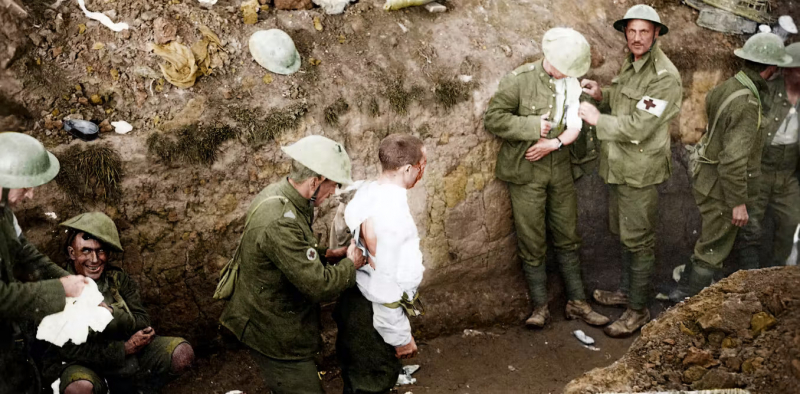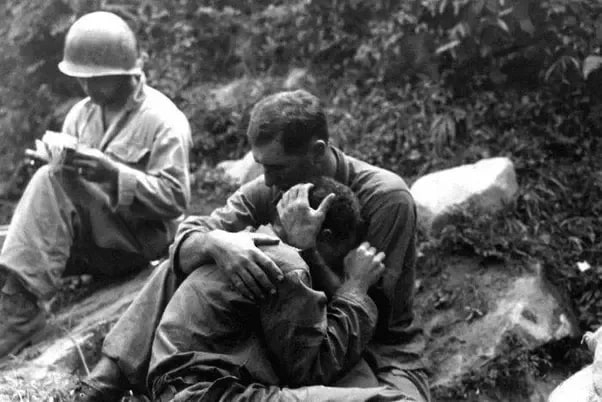"Shell Shock" Was Popular Among Soldiers
"Shell Shock" will be the following fact about the trenches warfare in WWI. Sleeping and resting in trenches was difficult due to the harsh environment. Apart from the unpleasant surroundings and the threat of enemy attack, the sound of shells being fired was a big nuisance. Many soldiers suffered from "shell shock" as a result of the incessant artillery shelling, a debilitating mental disease that may have a direct resemblance to what we now know as post-traumatic stress disorder (PTSD).
The soldiers themselves developed the term "shell shock." Fatigue, tremor, confusion, nightmares, and poor vision and hearing were among the symptoms. It was frequently diagnosed when a soldier was unable to function for no apparent reason. It had nothing in common with the present diagnosis of post-traumatic stress disorder because many of the symptoms were physical.
Medical officers were told in 1917 to avoid using the term "shell shock" and to label suspected patients as "Not Yet Diagnosed (Nervous)." The soldier was sent to a psychiatric unit and diagnosed as "shell shock (wound)" or "shell shock (sick)," with the latter diagnosis being provided if the soldier had not been near an explosion. The invalided soldier was transferred to a treatment center in the United Kingdom or France, where he was cared for by neurologists and recovered until he was discharged or returned to the front lines. Officers might have a final period of recuperation before returning to the maw of the war or the business world, recovering strength at a smaller, typically privately funded medical center which were some calm, secluded spot like Lennel House in Coldstream, Scottish Borders region.












